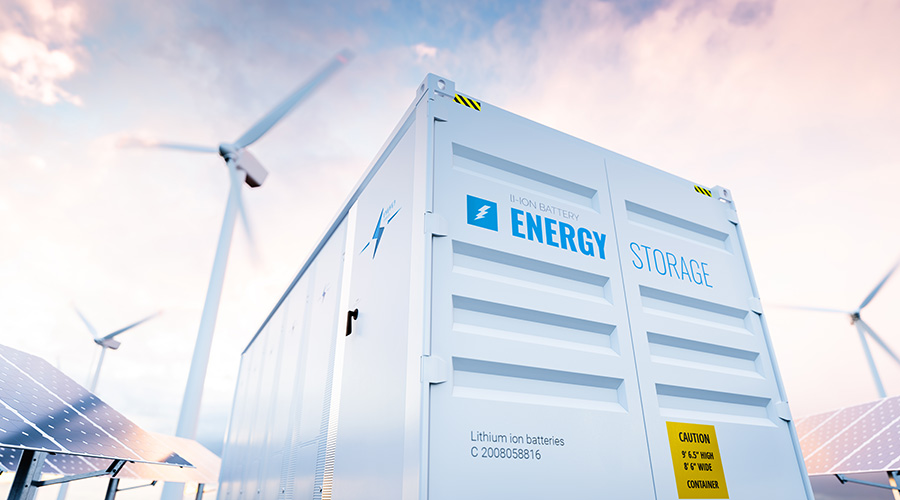States Develop Green Building Guidelines
While national green building programs, such as the U.S. Green Building Council's rating system, Leadership in Energy and Environmental Design (LEED), grab most headlines, activity on the state level also is fueling the movement toward sustainable commercial and institutional facilities.
For example, The State of Minnesota Sustainable Building Guidelines (MSBG) are designed to ensure project teams and maintenance and engineering departments consider the impact renovations and construction projects can have on the environment.
According to the MSBG Web site, "Sustainable design is a means to reduce energy expenditures, enhance the health, well-being and productivity of the building occupants, and improve the quality of the natural environment. All of these can contribute to high-performance buildings with lower life-cycle costs. To move toward ensuring these outcomes, the guidelines attempt to quantify the human, community, environmental, and life-cycle economic costs and benefits for each project."
In adhering to the guidelines, new construction projects and renovations must:
- exceed the state energy code by at least 30 percent
- focus on achieving the lowest possible lifetime costs
- encourage continual energy conservation
- include air quality and lighting standards
- create and maintain a healthy environment
- facilitate productivity improvements
- specify ways to reduce material costs
- consider the long-term operating costs of the building, including the use of renewable energy sources and distributed electric-energy generation that uses a renewable source, natural gas, or a fuel as clean or cleaner than natural gas.
Facilities can use the MSBG in conjunction with national green building standards, such as LEED, but the guidelines help reinforce regional values, priorities, and requirements. To learn more about the MSBG, visit www.msbg.umn.edu.
Related Topics:















